In the early years of the 19th century, the extravagant, spoiled and hard-partying Prince Regent had a surprisingly good idea. Encouraged by pals like Beau Brummell, and with the financial backing of the property developer James Burton, the future King George IV hired the architect John Nash to design a new London neighbourhood.
His vision was for a series of magnificent streets, many in terraces styled like modern sugar-coated palaces, on Crown-owned land just north of central London. These ‘Regency’ homes would encircle a brand new park which, modestly, the future King would name after himself.
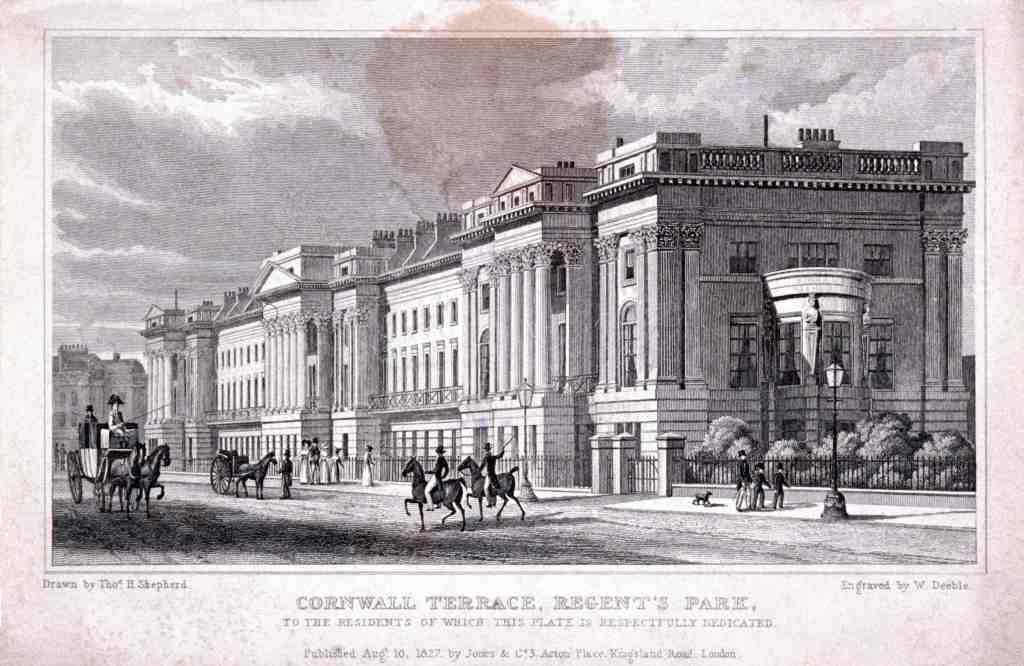
The first major Regency streets – including Cornwall Terrace (which was designed by an original nepo baby, Decimus Burton, son of James), Sussex Place, Park Village east and west, Park Square and Albany Terrace – celebrate their bicentenary this year. Regent’s Park, 410 acres of formal gardens and open parkland, opened in 1835.
Rather like the future King, there was nothing bashful or unassuming about Regency architecture. The terraces were styled as magnificent palaces, strewn with classical columns and bedecked in decorative ironwork. But, thanks to their elegant symmetry, generous spaces and craftsmanship, they have also spectacularly stood the test of time.
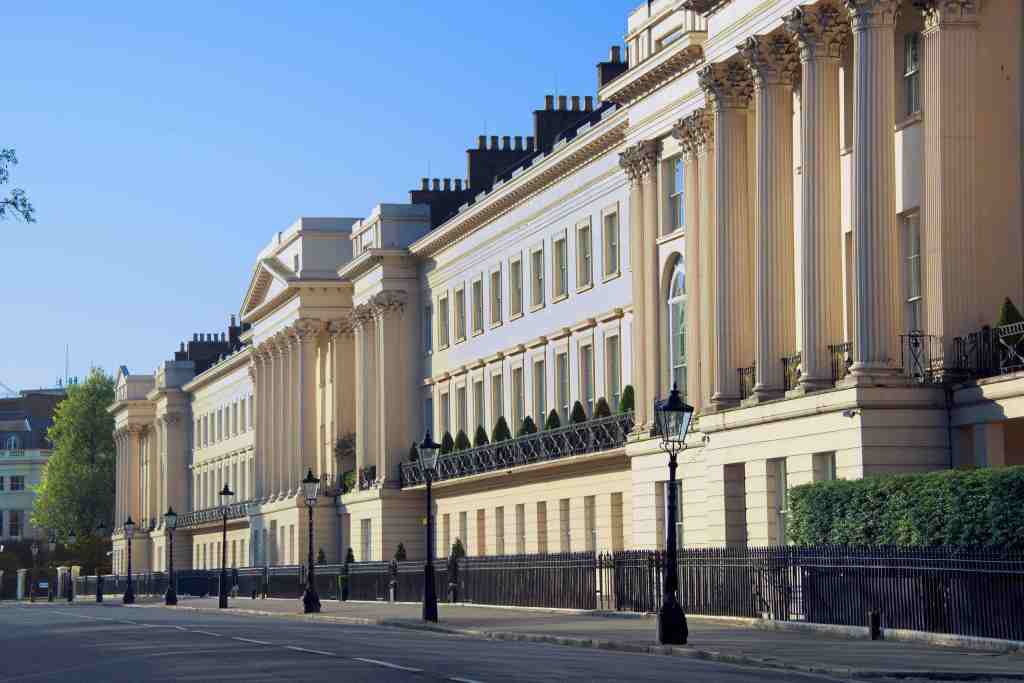
The Nash terraces of Regent’s Park, which are mostly still owned by the Crown Estate, stand among London’s most expensive prime real estate. Slightly less flamboyant Regency-era homes in towns and cities across the UK, from Bath to Brighton, also continue to sell for a premium. And the style has spawned an endless stream of faux-Regency housing estates up and down the country.
For Neir Gigi, head of sales at Knight Frank’s St John’s Wood office, the enduring appeal of these houses is that – beyond the embellishments – Burton and Nash got the basics very right. ‘Buyers are particularly to drawn to the architecture of this period due to the excellent proportions, symmetry and design which accentuate an abundance of height and natural light,’ he says.

The very limited supply of Regency architecture has also helped keep prices buoyant for two centuries. Today Gigi estimates that London buyers will happily pay 10 to 15 per cent more for a Regency property than for a common-or-garden Victorian or Edwardian.
Ashley Wilsdon, head of London buying at Middleton Advisors, goes further, estimating that buyers will pay up to 20 per cent over the odds to secure a Regency property in Hampstead or Islington. He believes their popularity is partly thanks to excellent PR. ‘Period dramas, such as Bridgerton, continue to highlight the best of these properties,’ he says.
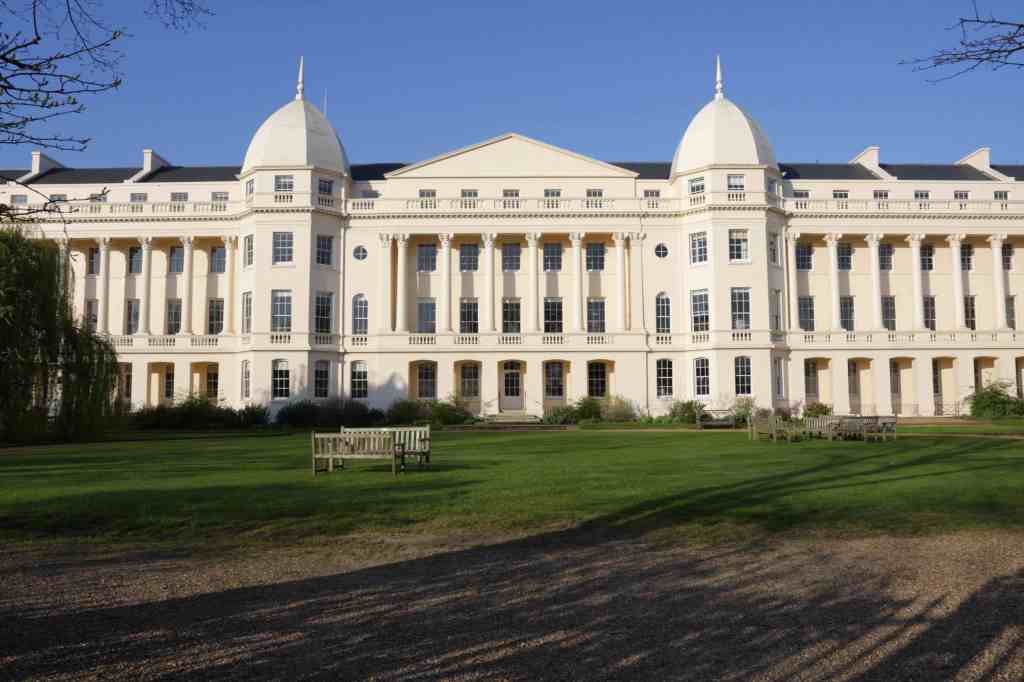
The first occupants of Regent’s Park were wealthy establishment figures: think aristocrats, landed gentry, politicians and military leaders. The neighbourhood fell upon harder times during the 20th century what with second world war bombings, houses converted into office buildings and the arrival of a slew of international embassies. But from the 1980s onwards, it was rediscovered by top-end property developers who refreshed and relaunched tired old properties. Current – and recent – residents have included designers Tom Ford and Stefano Gabbana, artist Damien Hirst, property developer Christian Candy, numerous Middle Eastern royals and, inevitably, the odd oligarch.
Today, Stephen Lindsay, head of Savills’ St John’s Wood office, says buyers from all over the world love Regent’s Park’s heady combination of trophy homes and greenery. ‘Being the last residential area before you hit the centre of town, the houses attract both local and international families from as far afield as Asia and the Middle East,’ hesays. ‘It’s the best place to live in London and is still undervalued compared to desirable areas like Knightsbridge and Belgravia.’
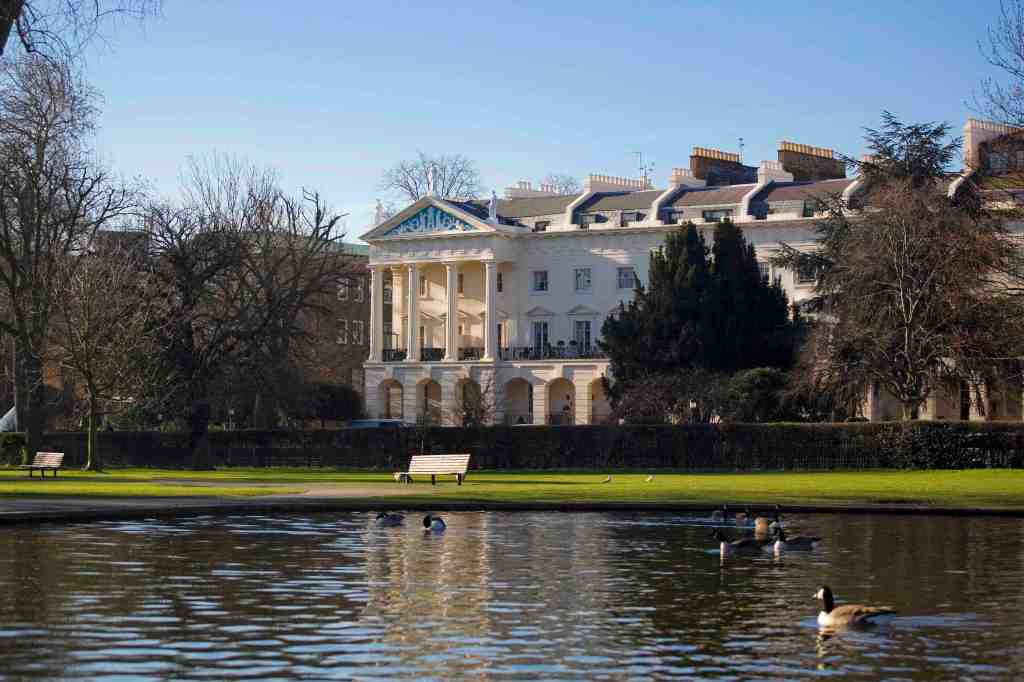
While Regent’s Park might not be London’s costliest address, it is still breathtakingly expensive. Knight Frank is selling a Grade I-listed, seven-bedroom house on Hanover Terrace for £22.5 million, while Savills has a four-bedroom house on Chester Terrace with a guide price of £14.5 million and a three-bedroom flat on Cumberland Terrace with a price tag of £8.2 million.
Beyond London, classic Georgian-era homes are considerably more no-frills – and more accessible. Andrew Cronan, head of Strutt & Parker’s Bath office, said the city’s Regency-era homes sell for £650-plus per sq ft, around 10 per cent more than a basic Victorian or Edwardian. Though if you want a famous address, like the Circus or the Royal Crescent, you’ll have to pay a bigger premium. Meanwhile, in Hove, £1.5 million will get you this Grade II-listed, seven-bedroom Regency home, on the market with Winkworth.
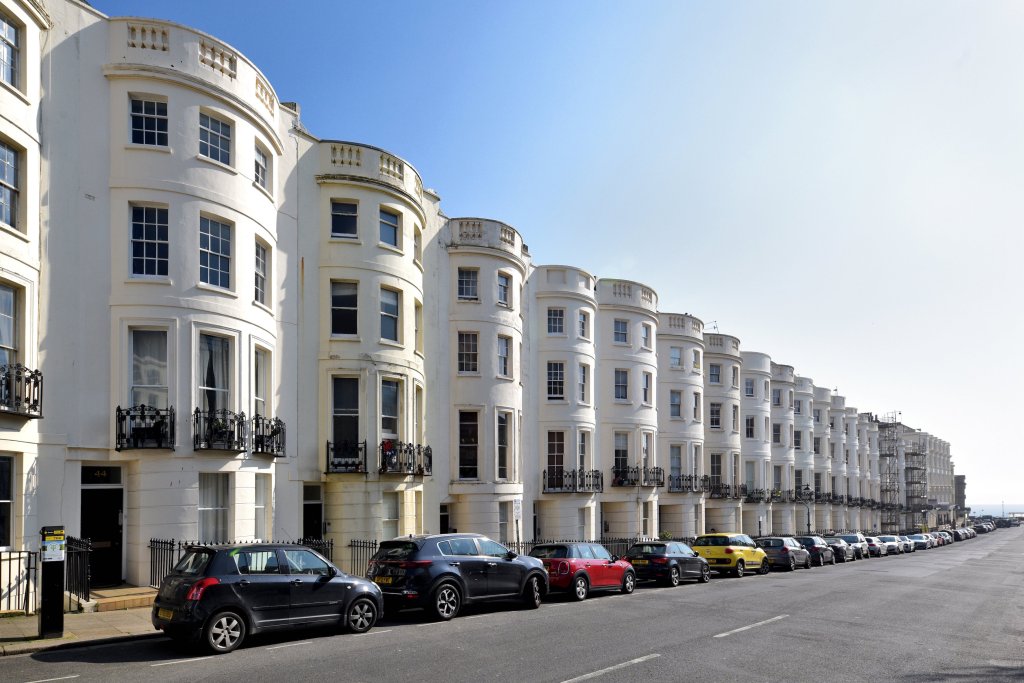
A slight fly in the white-stucco ointment is that, with the cost-of-living crisis at the forefront of many buyers’ minds, the cost of heating Regency houses with their big windows and high ceilings might seem like an unnecessary extravagance. And because the buildings are frequently listed, renovations will be more time consuming and expensive than working on a regular property. Buyers who fancy open-plan space or want to add in an extra bathroom might find themselves thwarted by local planners.
But after 200 years most experts feel that these Georgian gems have proved their longevity. Indeed, in the face of such timeless beauty, it is hard to imagine buyers ever falling out of love with them.

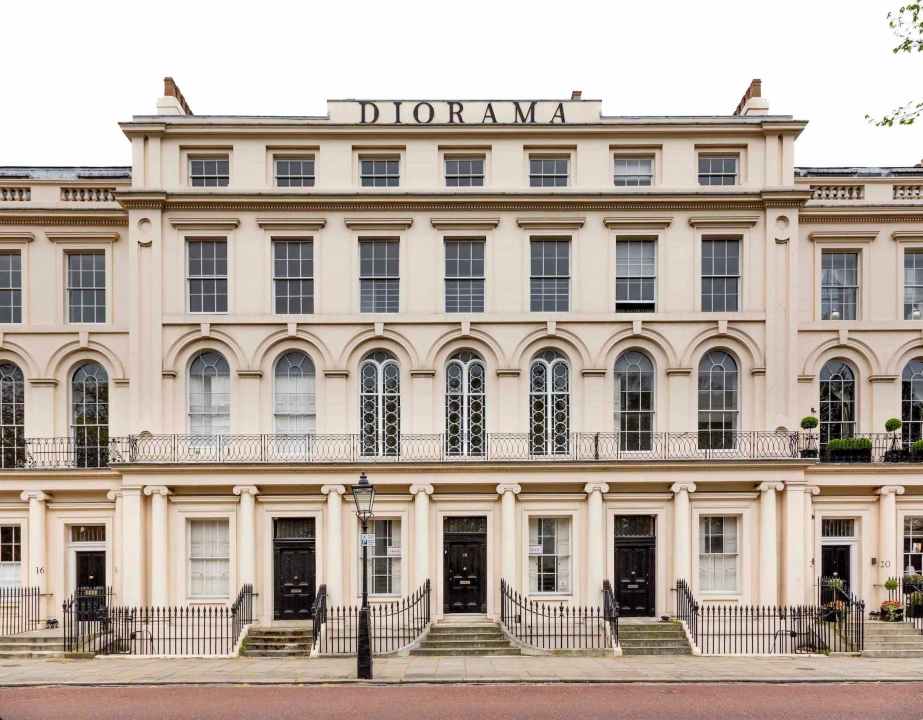
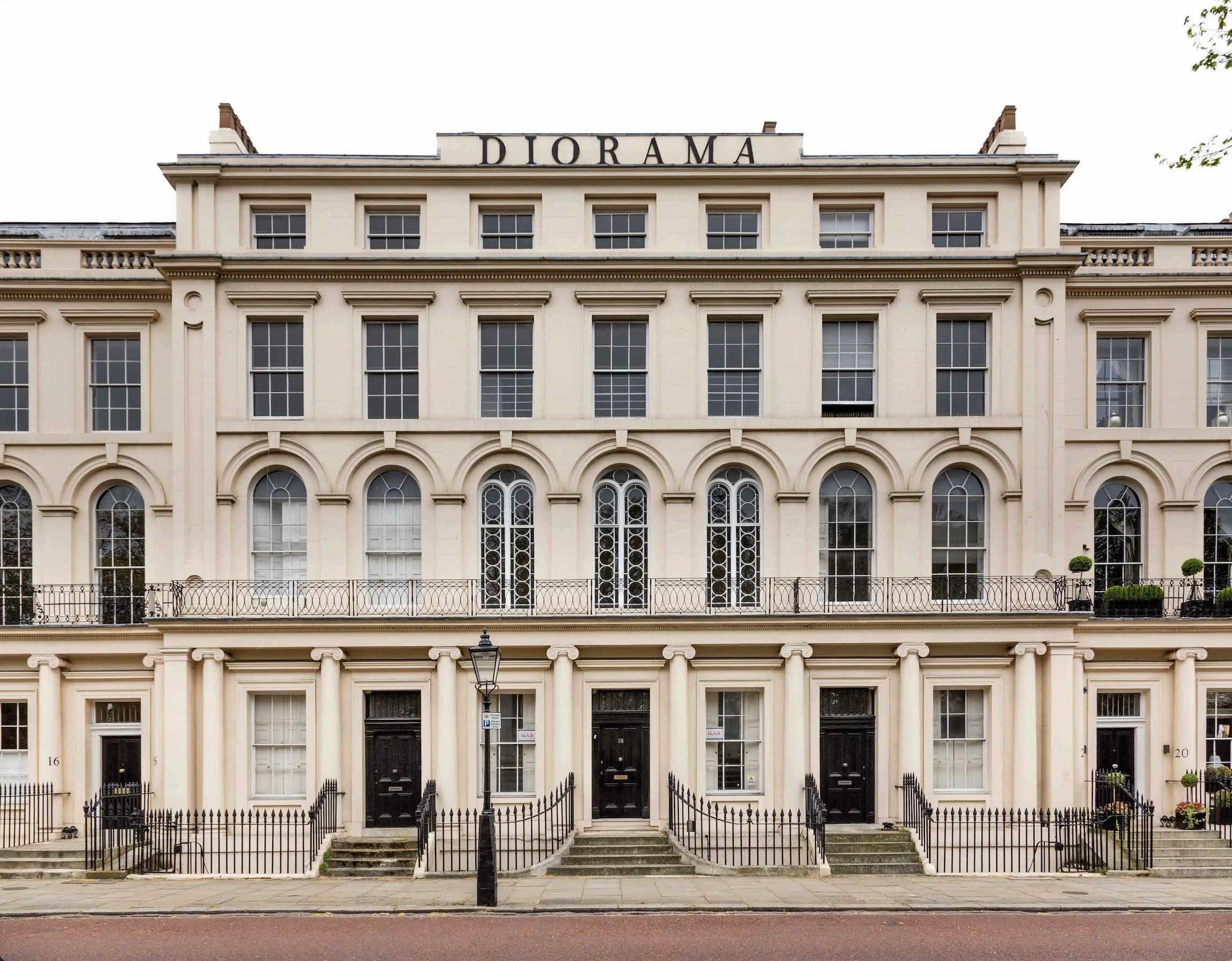




Comments